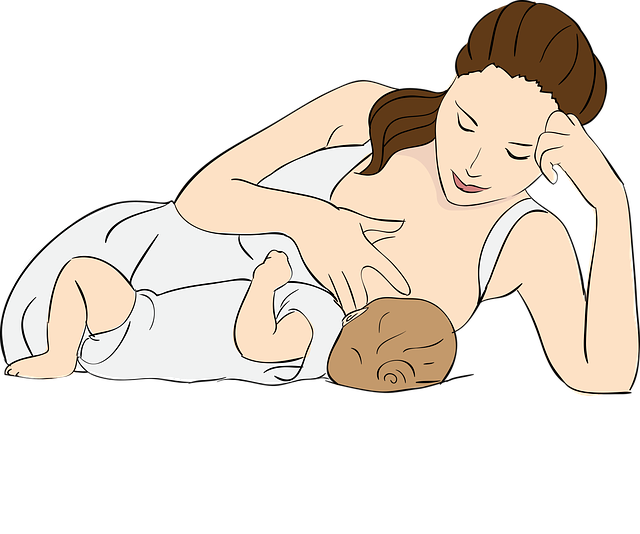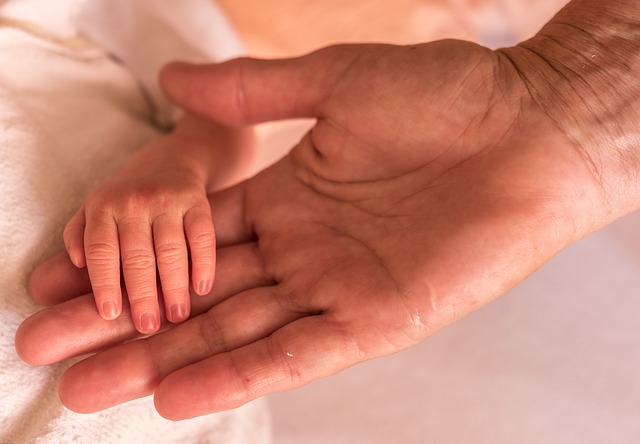Breastfeeding tends to be the most wonderful and precious feeling for many moms, full of connection, boundless love and admiration. However, some women struggle with breastfeeding from day one and are appalled by this, despite having read countless articles and heeded much advice. Theoretically, you are prepared for the pain of childbirth, but the pain of breastfeeding? That\’s another story. Although breastfeeding is said to be unaffected by breast size and shape, some mothers give up on breastfeeding after the first day in the hospital or are convinced that they do not want to breastfeed at all, as breastfeeding is one of the most unnatural things on earth. Breast milk transfers many nutrients and defenses to the baby. Immunity is formed in the first few days of life, and breast milk offers many benefits. Breast milk provides minerals and vitamins necessary for body development, and it has been proven that breastfed babies are less likely to develop diabetes, high cholesterol, and even high blood pressure.
However, if breastfeeding does not work, the mother should consult a lactation consultant in the delivery room to teach her the correct technique. These nurses can also come to the mother\’s home to help in the home environment. After all, the first few days after arrival from the hospital can be stressful for the mother and can affect her breastfeeding techniques and milk production.
There are a few so-called “midwifery tips” that can help. It is advisable to go home without a bra as much as possible, or at least rest with your breasts exposed. A big mistake is to allow bra pads to leak and not allow air to enter, preventing the breast from recovering. Ideally, replace them with cloth (bamboo) pads.
– Lubricants: Each mother fits a different prescription ointment. Some of the most well-known are Bepantene and PureLan (sheep lanolin), both of which moisturize and treat cracked or strained nipples without the need to wash them off before breastfeeding.
-Silveret silver cap: This healing silver cap is not well known, but it is placed on the nipple between feedings to treat cracks (lagades) caused by poor nursing practices or nipple infections. Silver, as it is known, helps heal open wounds and heal faster.